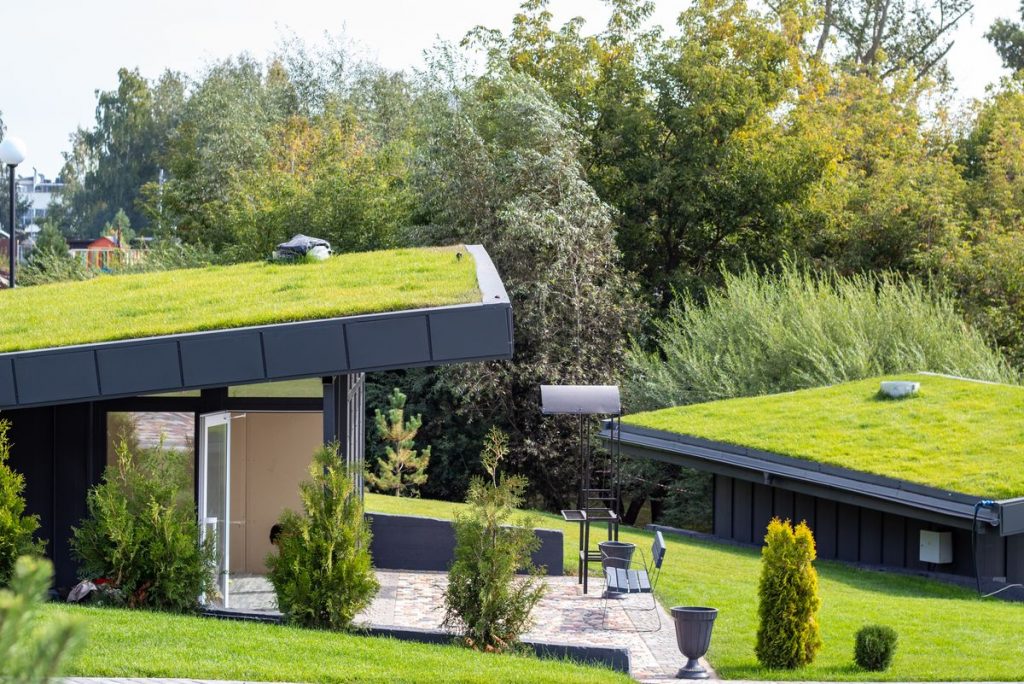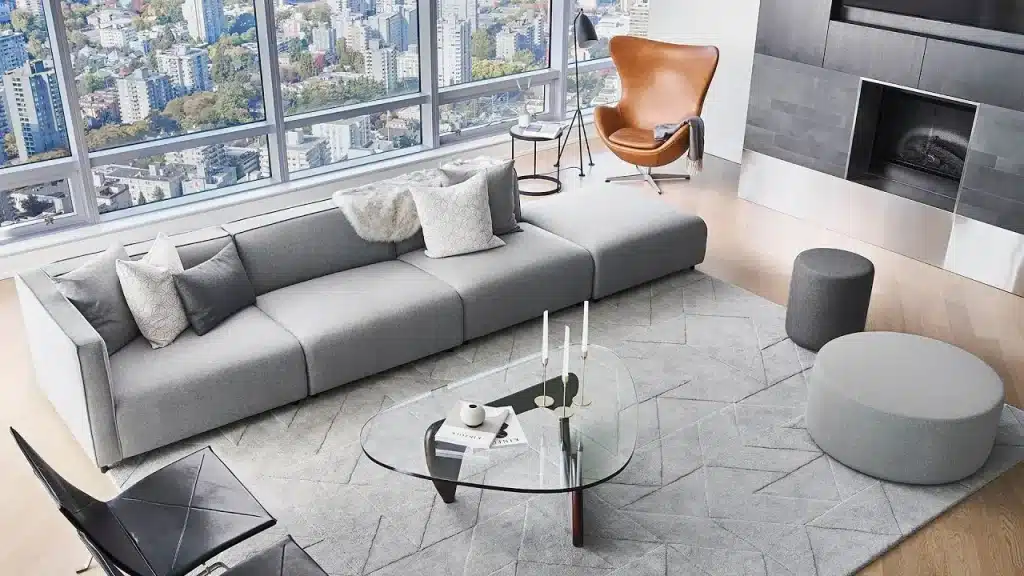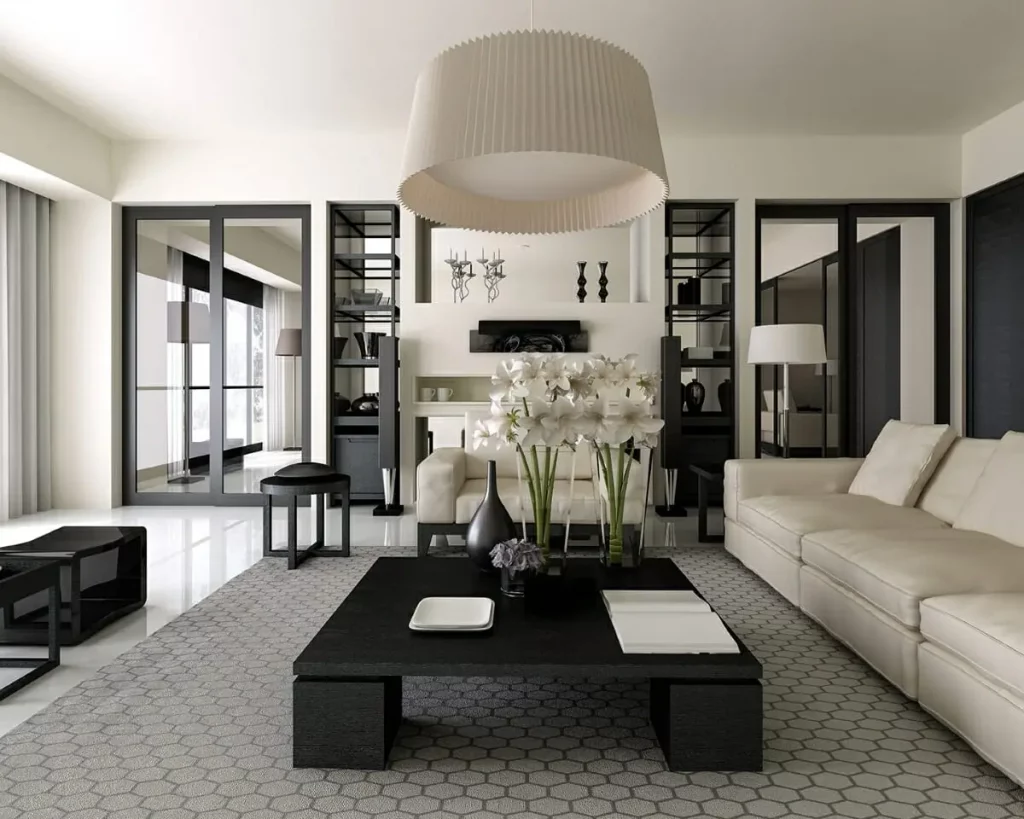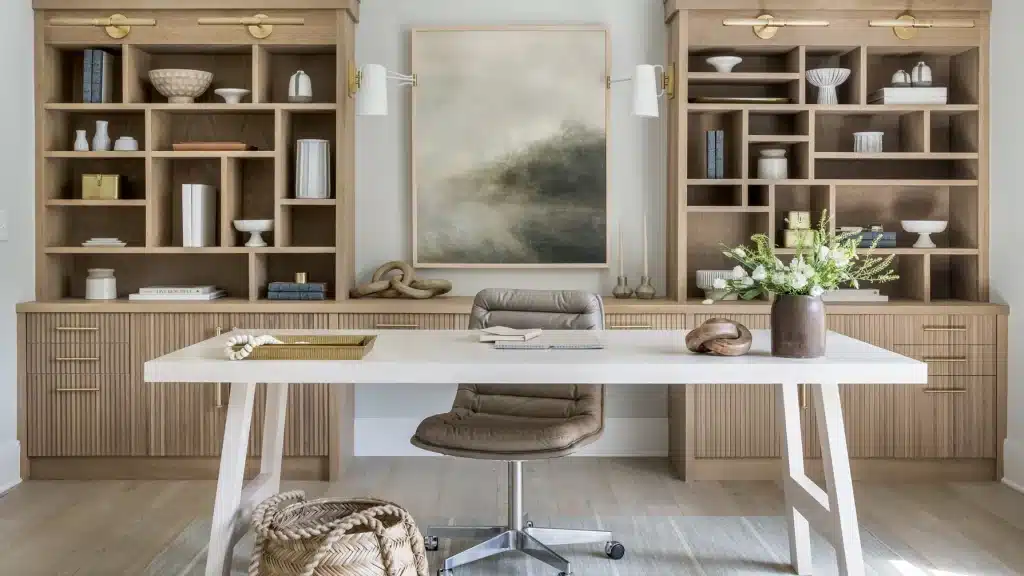The modern market for building and finishing materials offers a huge selection of raw materials for roofing.
There are many varieties suitable for roofing, but this article will describe the most popular types of modern roofing solutions.
Anyone who is planning to build or repair a roof is faced with the moment of choosing a suitable construction material. And for those who are interested in traditional methods of building roofs, it will be useful to check out another article Roofing materials: classic solutions and their advantages.
An extraordinary modern solution for creating roofs using VEGETATION
Another option for arranging the roofs of residential buildings is a green roof. Plant materials and mosses are an environmentally friendly, affordable and very practical material that has recently been used to create roofs. A green roof with mosses and other small herbaceous plants looks very original, promising, and impressive against the background of other modern solutions. Such unusual and non-typical roofing materials have a long service life provided they are properly installed and maintained.
Installation of ecological green roofs will require significant costs. But this option is ideal for those seeking to minimize their negative impact on the environment.
A green or “living” roof has many benefits. The main ones are considered to be:
- huge benefits for the environment and humanity – due to the ability to produce and return oxygen;
- excellent sound and heat insulation for the home;
- ability to absorb rainwater and snow;
- the ability to create an original rooftop decor.
The supporting structure must be carefully prepared before laying the vegetation roof. First, you need to equip the base that can withstand the subsequent load. Then it is worth laying a waterproof membrane and then installing adequate drainage. Only then are the plant elements placed on the roof. Growing plants on the roof is a laborious and costly process, which is justified by a deep environmental message and a desire to attract the attention of others.
ONDULIN – a bestseller among modern materials
Ondulin is a reliable and versatile material obtained from the combination of several components (cellulose raw materials, minerals, thermosetting resin). The cellulose-based mixture is compressed to form sheet plates and then dried. Then the material is cut into sheets, which are impregnated with bitumen, and then painted in the desired shade.
Outwardly, ondulin bears similarities to the classic undulating slate. Thanks to this, the modern roofing material has acquired the name “Euroslate”.
Ondulin can be used both for installing roofs and for performing repair work on roofs made of slate, metal seam covering, and covered with bitumen roll materials. To install a roof made of euro-slate, you will first need to make a suitable base and perform a step crate. This option is suitable for roofs with a slope of 14⁰ or more. For objects with an angle of inclination less than 14⁰, before laying the sheets of ondulin, it will be necessary to equip a continuous flooring.
Material’s features:
- low weight;
- service life is about 15 years;
- simple installation;
- easy transportation and preparation for laying;
- no need for laying a waterproofing layer;
- good soundproofing qualities;
- low wasted materials percentage;
- the ability to hold snow due to the rough surface – no need to install additional snow guards on the roof.
The main disadvantages of such a roofing material can be considered: a low fire safety class, a tendency to burnout, a tendency to accumulate pollution. Therefore, after installing the ondulin, it is better to treat it with a protective compound. For example, with acrylic or acrylate paint, or with a special composition for painting ondulin.
ROOFING MADE OF REED OR ARTIFICIAL STRAW – an original idea with an emphasis on antiquity and environmental friendliness
One of the most original roofing options, which has been extremely popular in the United States and Western Europe in recent years, is a thatched roof. It attracts users due to its high technical characteristics, undeniable architectural advantages, exceptional decorative properties, and naturalness.
The creation of thatched roofs has a long tradition of manufacturing. For the manufacture of such roofs, both long ago and now, any type of long-stemmed plants (heather, reeds, reeds, etc.) can be used. The most popular is the reed due to its durability. Such roofs not only serve for more than 40-45 years but also do not lose their originality and attractiveness during the entire period of use.
Straw roofs are laid in a large layer, but at the same time, they are lightweight and do not create a load on the supporting structure. The advantages of this material:
- unique flavor;
- beautiful and original appearance;
- excellent thermal insulation qualities;
- frost resistance;
- naturalness and environmental friendliness;
- ease of installation;
- no need for finishing.
The popularity of thatched roofs is growing amid the revival of ancient traditions and the modernization of environmentally friendly roofing technologies. Today, modern ideas for arranging roofs offer the use of polymer products. Artificial straw is not inferior in characteristics and originality to natural raw materials. But, unlike it, polymeric materials are more prone to wear and tear.
A classic and very popular roofing option – CERAMIC TILES
This is an environmentally friendly natural material that has been used in roofing for a very long time. Ceramic tiles are made using a proven technology that has remained unchanged for several decades. Only the equipment is changing, thanks to which the production is carried out.
The process of creating ceramic slabs for roofs is mixing clay with technological plasticizers, followed by filling the mixture according to the molds in which the material is dried and then fired. The result is a finished red-brown tile.
The characteristics of finished products largely depend on the quality of the original raw materials used and how the products are fired. To obtain the desired shades and a greater variety of types, the tiles are additionally treated with engobe before the firing procedure. This mixture of water and clay, mixed with additional mineral components, is capable of imparting interesting shades to finished products.
On the market of finishing materials, you can find a separate type of raw material – glazed tiles. Such a tile is obtained by pre-coating the formed products with a special glaze (vitreous mass) and only then they are fired. Under the influence of high temperature, the glaze layer hardens and provides additional strength to the finished tile.
The advantages of ceramic tiles include durability, environmental friendliness, fireproof properties, unpretentious care and maintenance, simple installation and dismantling, the possibility of renewal. A huge advantage of ceramic tiles is that, when properly installed, they will provide “breathable” properties to the roof.
WOOD is a quality material with a long history of use
Wood is a wonderful natural material that is successfully used in various construction and finishing works. Its quality and good technical characteristics are confirmed by a centuries-old history and justify the high popularity of raw materials. In the manufacture of roofs, such types of wood as: oak, larch, Canadian cedar, beech, spruce are found everywhere.
Modern timber roofing options are highly technical and boast excellent durability. They serve up to 50 years, are quickly assembled and dismantled, are unpretentious in maintenance, maintainable, durable, and reliable.
Depending on the technology of preparation of the material and the shape of the finished products, the tree is divided into the following types: sawn and chipped, mosaic. The first two varieties are considered the most suitable for creating roofs on houses built in a harsh climate. Mosaic material has excellent sound insulation properties and can be used to build a roof that resists strong winds.
Modern technologies for the production of roofing materials do not stand still and periodically surprise users with an updated assortment. Among all the possible proposals, everyone will be able to choose the ideal option for arranging a reliable, beautiful, and original roof.



